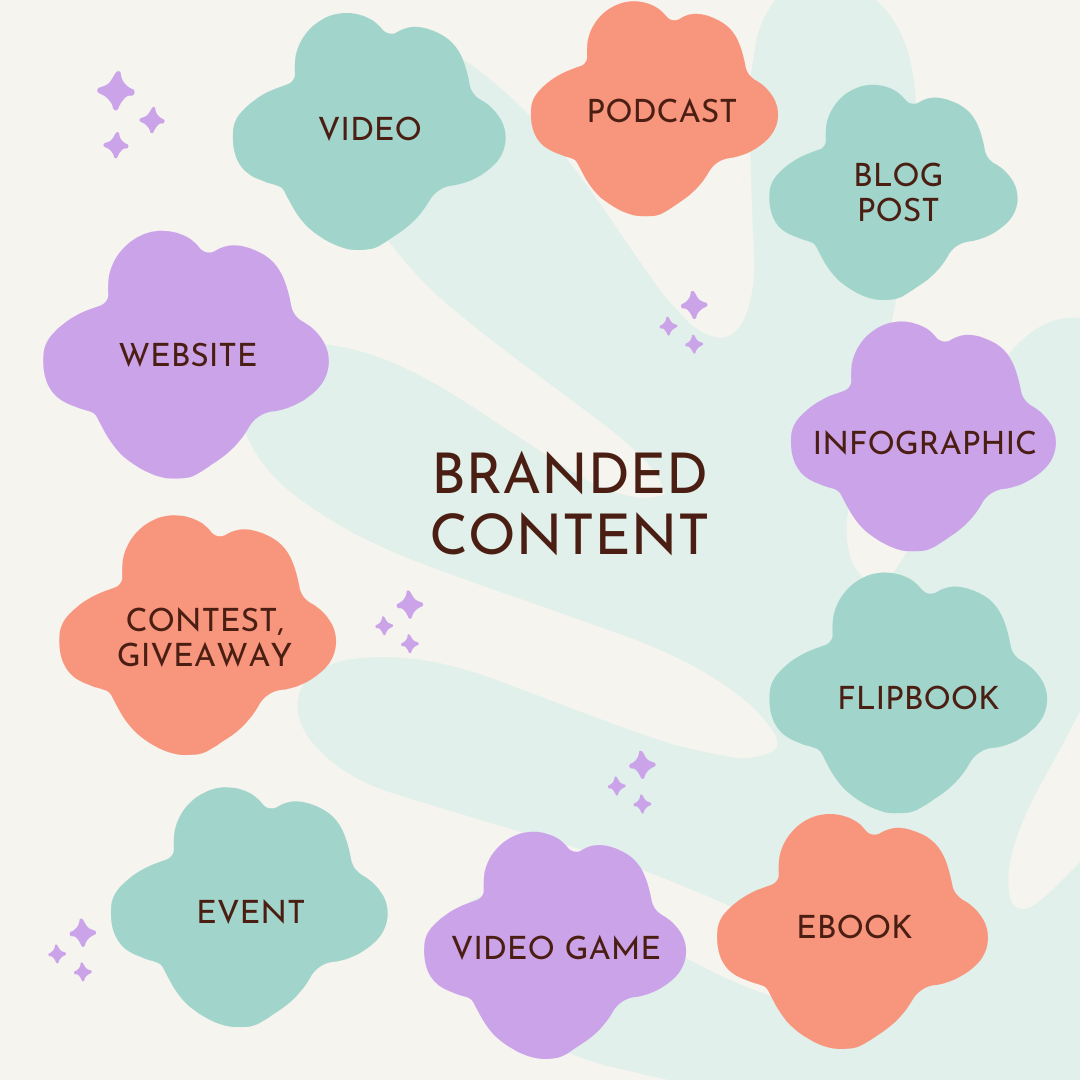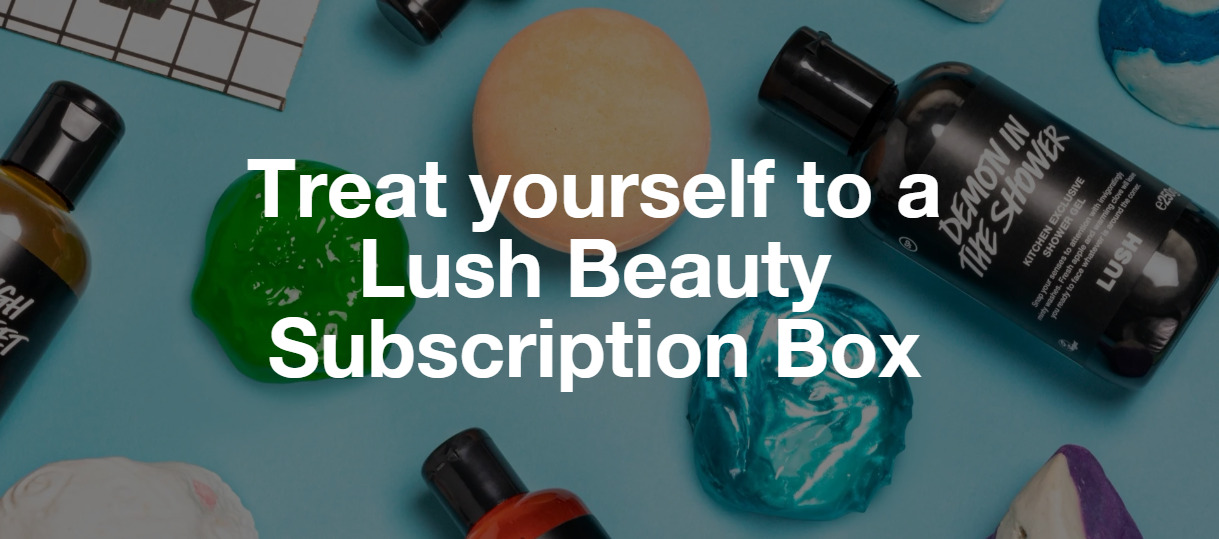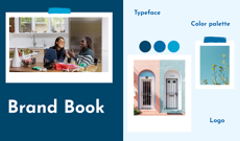Branded content is a modern marketing approach that is becoming more and more popular among businesses as part of a broader brand marketing strategy. For instance, 45% of marketers say increasing brand awareness through content is their top goal. Why is that? Because great branded content can help build rapport with a new target audience, elevate awareness, expand creative horizons, and entertain and engage your clients.
Brand marketing allows you to showcase the intangible values and qualities of your brand without being too pushy or salesy. Today, people are choosing genuine and authentic immersive content over tiring ads and promos.
So let’s talk about branded content as part of brand marketing, how to craft your content effectively, and then look at some remarkable examples.
What Is Brand Marketing?
Brand marketing is the process of promoting your overall brand identity, rather than just individual products or services, to create long-term recognition, trust, and loyalty among your audience. Brand marketing consists of creating brand strategy, crafting branded content, and establising brand identity and voice.
In essence, brand marketing is the strategic foundation that makes all other marketing efforts more effective. When done well, it can turn a company into a recognizable and trusted name, making customers more likely to choose it—even in a crowded market.
What Is Branded Content?

Branded content is a marketing technique that seeks to engage and educate the audience while also subtly promoting products or services. Such content can take various forms:
- video
- podcast
- blog post
- infographic
- flipbook
- ebook
- video game
- event
- contest or giveaway
- or even an entire website
Unlike conventional ads that explicitly promote products, branded content focuses on generating interest through storytelling, entertainment, or educational information that resonates with the target audience. The primary goals are to build brand awareness, improve brand perception, and establish an emotional connection with the audience.
Why Brand Marketing Matters?
Brand marketing creates a meaningful relationship between your business and your audience by communicating not just what you offer—but who you are. It helps position your brand clearly in the market, amplifies your unique voice, and adds lasting value beyond individual products or services. Let’s explore some of the key benefits of brand marketing.
✨ Brand Awareness and Recognition
Brand marketing helps establish a strong visual and emotional presence. With consistent messaging and identity, it increases the likelihood that your brand will be recognized, recalled, and chosen over competitors.
✨ Clear Brand Voice and Positioning
A well-defined brand voice communicates your tone, personality, and values across every channel. This clarity strengthens your brand positioning, helping customers understand what sets your brand apart and why they should care.
✨ Emotional Connection and Loyalty
Brand marketing focuses on storytelling and shared values, which resonate on a deeper level. When people feel aligned with your mission or identity, they’re more likely to form an emotional bond and stick with your brand long term.
✨ Trust and Credibility
A strong, consistent brand signals reliability. By staying true to your values and delivering a cohesive experience, you build trust with customers, making them more likely to believe in your brand and what it stands for.
✨ Customer Retention and Advocacy
Memorable branding encourages repeat business and word-of-mouth referrals. Loyal customers don’t just return—they advocate for your brand, becoming an extension of your marketing efforts.
How to Create Branded Content
To create effective branded content, start by developing a brand marketing strategy that prioritizes audience insight, delivers real value, and integrates your brand naturally into the story. Here are the key steps to help you get branded content marketing right.
#1 Know Your Audience
Knowing what your audience needs, loves, and is excited about is the base for creating relevant and efficient branded content. Here’s what you can do:
✅ Review your current data and analytics: begin your audience research by structuring and analyzing the data you already have on hand—maybe you’ve interviewed your clients and written customer stories for your website or did some NPS research. Plus, use Google Analytics to gather website insights broken into different sections, like age, gender, and location.
✅ Look at the previous successes: when researching your audience, don’t neglect what’s currently working for your customers in terms of your products, services, support, and marketing efforts. This valuable information tells you about your audience’s preferences and why they’re already enjoying their interactions with your business.
✅ Conduct new surveys and interviews: surveys are a great way to get very specific answers to questions you have for your audience about your products or services, marketing, customer support, and more. Interviews give you and the interviewees more freedom to talk about your brand in general and get new insights into how your clients are using your products and services.
#2 Define What Your Brand Stands For
Formulating your brand values and mission is as essential as knowing your audience. Together, these two factors are the strong foundation for your brand marketing strategy.
When you understand your brand’s message, values, and tone of voice deeply, it helps you create content that aligns with your brand’s identity and resonates with your target audience. Your brand values are what makes you unique, and they’re also what separates you from competitors. Be truly honest and authentic with your clients, and find the causes and ideas that feel true and important to you. And don’t talk about things you don’t care about, just to be on trend.
These are the questions that can help you:
- What does your brand offer and what does it do?
- What sets your brand apart?
- What problems can your brand solve?
- What do you want people to think of when they hear the brand’s name?
- What tone should your content use?
- How do you want your content to make people feel?
- What should your content inspire people to do?
When you answer these questions, you’ll be able to define your brands’ mission and values and carry this message across to your audience.
#3 Craft Your Brand's Story
Identify the unique aspects of your brand that you want to highlight. This could be your brand’s history, values, mission, or customer experiences. Develop a narrative that connects your brand's story with your audience's interests or needs.
Remember that brand story isn’t the same as brand history. Yes, it often explains how the brand came to be, but it focuses more on the brand’s values and purpose and creates a narrative that resonates with the customer. Read our article ‘Brand Story: How to Craft a Compelling Narrative via Digital Means’ to learn how to craft an engaging brand story using digital storytelling methods.
#4 Choose the Right Format
Select the most suitable format for your branded content, whether it's articles, videos, podcasts, infographics, or interactive content, based on your audience's consumption preferences.
As branded content is still a fresh approach, we recommend experimenting with its format as well. Consider creating a brand book to showcase and explain your brand’s identity, mission, visual style, and core values. Your brand book will help customers and staff clearly understand how you want to portray your comoany. And you can make it in a digital format to catch your audience's attention right away. Such online tools as FlippingBook can help you turn your plain PDF documents into engaging brand books with a smooth page flip effect and a real book feel. See for yourself, flip through this digital brand book, made by Ben & Jerry's.
Create your brand book
As you see, this brochure is enhanced with a bright tropical background and a custom logo that leads the readers right to the Hilton website and drives more traffic. Thus, you give your content a look that would resemble your brand and help single out your content among that of competitors. You can add company colors, recognizable logo, branded favicon, and fully customize your link with a custom domain to ensure customers’ trust, get more clicks, and keep your brand consistency and awareness everywhere your brand is present.
Watch a short video to learn how FlippingBook can turn your content into branded interactive documents.
#5 Create Valuable Quality Content
Ensure that your branded content is high-quality, engaging, and provides real value to your audience. Seamlessly integrate your brand into the content without making it feel like a traditional advertisement—the brand's presence should feel natural and integral to the narrative. The best way to achieve this is through engaging storytelling and creating content that provides value to your readers. Whether it's entertainment, education, or inspiration, the content should stand on its own as something that the audience finds valuable. You might also try AI writing tools to generate fresh ideas and ensure your content is grammatically correct, thus, enhancing both the creativity and accuracy of your writing.
What kinds of branded content can you create?
📍Informative: cover the latest news of your industry, give webinars or conduct interviews with experts.
📍Entertaining: create enticing videos and podcasts, digital flipbooks, or brochures with stories about real life and work experiences from your team, clients, or experts.
📍Educational: answer your audience's questions about your products or services and provide them with educational resources and tips and tricks on how to use your product to the fullest.
#6 Collaborate with Other Brands and Influencers
Partnering with a company, publisher, advertiser, or influencer has a lot of advantages: by leveraging your partners’ expertise and credibility, you can expand your outreach, drive more traffic, and bring in new leads.
The most important thing is to find the right partner, depending on two factors—they have a strong following and good reputation in your industry, and their values align with yours. To find your collaboration partner, you can look through social media channels to see who’s covering the same topics as you and has similar values and aesthetics. Plus, check out what kind of experts and companies your competitors are partnering with. This can give you some new collaboration ideas.
#7 Pick the Best Channels for Distribution
Now that your branded content is ready to shine, the next important step is to share it with the world and develop the content distribution strategy.
Start with analyzing where your target audience is spending their time online. If your customers are on social media, which platforms do they use most? If they read blogs, articles, or flipbooks, how do they find them? Once you identify the content distribution channels most likely to reach your audience, you can start thinking about how to use them for branded content. Here are some of the most popular ways to distribute branded content.
💬 Social Media Platforms
Utilize popular social media platforms like Facebook, Instagram, LinkedIn, and TikTok to share your branded content. Tailor your content to fit each platform's audience and format, and leverage features like hashtags, stories, and live videos to increase visibility.
💻 Content Sharing Platforms
Share your branded content on content sharing platforms like YouTube (for videos), FlippingBook (for digital flipbooks, ebooks, and brochures), Medium (for articles), and SoundCloud (for podcasts). These platforms allow you to reach a wider audience and tap into existing communities interested in your content niche.
📧 Email Marketing
Incorporate branded content into your email marketing campaigns to engage subscribers and nurture leads. Send out newsletters, curated content digests, or exclusive content offers to keep your audience informed and interested in your brand.
🖥️ Company Blog or Website
Publish branded content on your company blog or website to attract organic traffic and showcase your expertise. Optimize your content for search engines with relevant keywords and shareable visuals to improve discoverability and engagement.
👩🦰 Influencer Partnerships
Collaborate with influencers or industry experts to amplify your branded content reach. Partner with influencers who align with your brand values and target audience to leverage their credibility and reach a larger following.
🎈 Event Sponsorship
Sponsor relevant events or industry conferences and create branded content experiences to engage attendees and showcase your brand's value proposition. Capture event highlights through videos, live streams, or social media coverage to extend reach beyond the event itself.
💙 Employee Advocacy
Encourage employees to share branded content on their personal social media channels or professional networks to amplify reach and credibility. Provide training, incentives, or recognition programs to foster employee advocacy and engagement.
👨👩👧 Community Engagement
Engage with online communities, forums, or niche groups related to your industry or target audience. Share valuable branded content, participate in discussions, and build relationships to establish thought leadership and brand authority.
📊 SEO and Content Optimization
Optimize your branded content for search engines by incorporating relevant keywords, meta tags, titles, and descriptions. Improve website performance and accessibility to increase organic traffic and visibility over time.
#8 Analyze Your Branded Content Performance
Analyzing your branded content performance is essential for understanding its effectiveness, identifying areas for improvement, and optimizing future strategies. Here are the main steps to do that.
1. Define Key Performance Indicators (KPIs)
Start by identifying the key metrics that align with your branded content goals. Common KPIs for branded content include:
🟣 Engagement metrics (likes, comments, shares, clicks)
🟣 Reach and impressions
🟣 Conversion rates (e.g., sign-ups, purchases)
🟣 Brand sentiment and perception
🟣 Website traffic and referral sources
🟣 Return on investment (ROI)
2. Gather Data
Collect data from various sources, including website analytics, social media insights, email marketing platforms, content management systems, and customer feedback. Use tracking tools such as Google Analytics, Facebook Insights, and email campaign reports to gather relevant data points.
If you’re creating flipbooks, you get helpful analytics to see how they’re performing as well. For instance, FlippingBook offers you built-in statistics that allow you to get actionable data that will help you enhance both the content and the communications with your audience. You can track views and visits, time spent reading your documents, audience engagement, shares, links clicked, and much more.
3. Measure KPIs
Analyze your branded content performance based on the defined KPIs. Calculate metrics such as engagement rates, click-through rates, conversion rates, and other relevant indicators to assess how well your content is performing against your goals. Identify which channels and formats resonate most with your audience and drive the highest engagement and conversions.
4. Iterate and Optimize
Based on your analysis, make data-driven decisions to optimize your branded content strategy. Experiment with different content formats, distribution channels, messaging strategies, and targeting tactics to continuously improve performance and achieve better results.
4 Stunning Examples of Brand Marketing Done Well
These examples illustrate how effective brand marketing can build brand awareness, engage customers, and create a strong emotional connection with the audience while staying true to the brand's values and identity.
GoPro's User-Generated Content
GoPro encourages its users to capture and share their adventures using GoPro cameras. They then curate and share these user-generated videos on their website and social media channels, effectively showcasing the capabilities of their product while building a passionate community.
‘Real Beauty’ by Dove
Dove's ‘Real Beauty’ campaign challenges conventional beauty standards by featuring real women in their advertisements. This empowering message resonates with their target audience and has helped establish Dove as a brand promoting self-esteem and self-acceptance.
‘Rebuild the World’ by LEGO
LEGO's ‘Rebuild the World’ campaign is a great example of storytelling through branded content. The main mission of this global campaign has been to celebrate children as the masters of creative problem-solving. It featured a short film and various social media content that encouraged creativity and imagination, reinforcing LEGO's core values and products.
‘Lush Kitchen’ by Lush

Lush, a cosmetics company, created the ‘Lush Kitchen’ series on social media where they live-streamed the creation of limited-edition products and offered to try their subscription box. This provided transparency into their manufacturing process and engaged their audience by involving them in product development.
Enhance Your Brand Marketing with Branded Content
Brand marketing offers tremendous potential to enhance your marketing efforts and provides opportunities for creativity while delivering value and inspiration to your audience. Consider integrating branded content into your strategy for 2026—it's worth the investment!
Want to create powerful branded content right away?
It’s super easy—just convert your PDFs to interactive documents with a smooth page flip effect and brand them with your company colors, background, and logo. Keep your brand consistency and awareness everywhere your brand is present!




